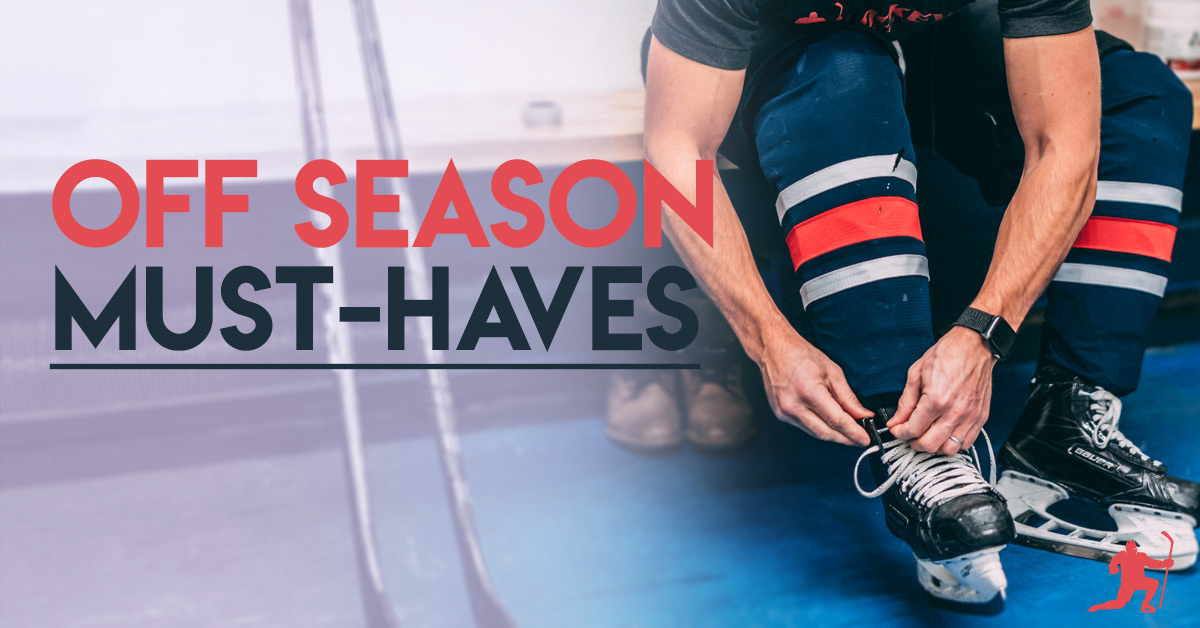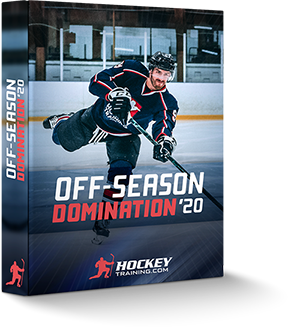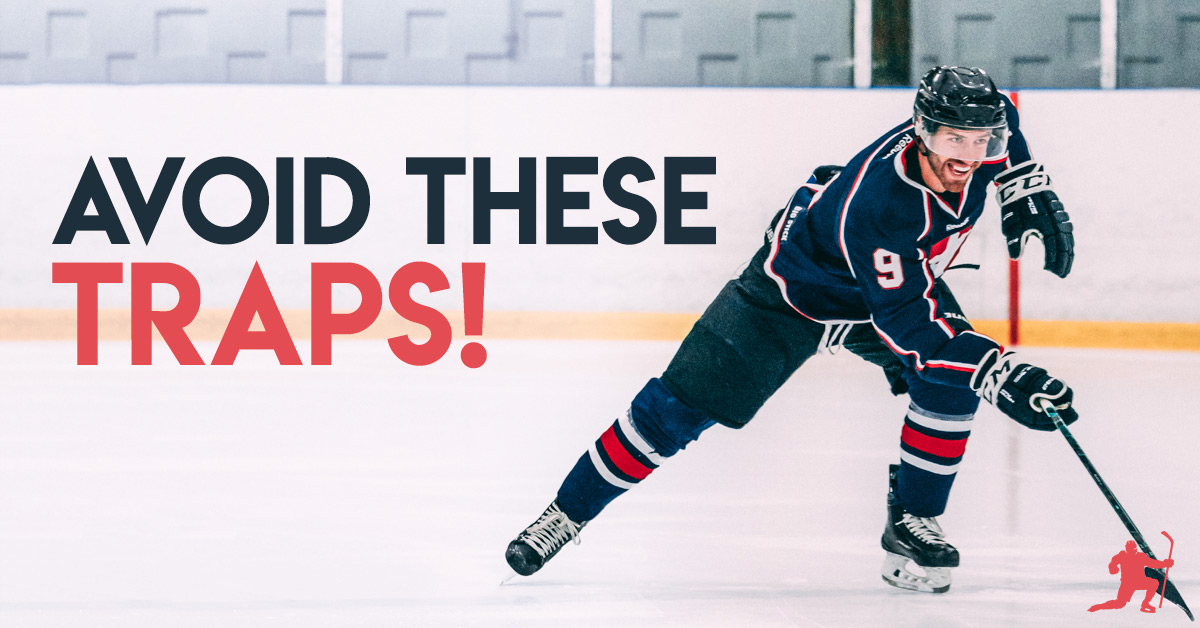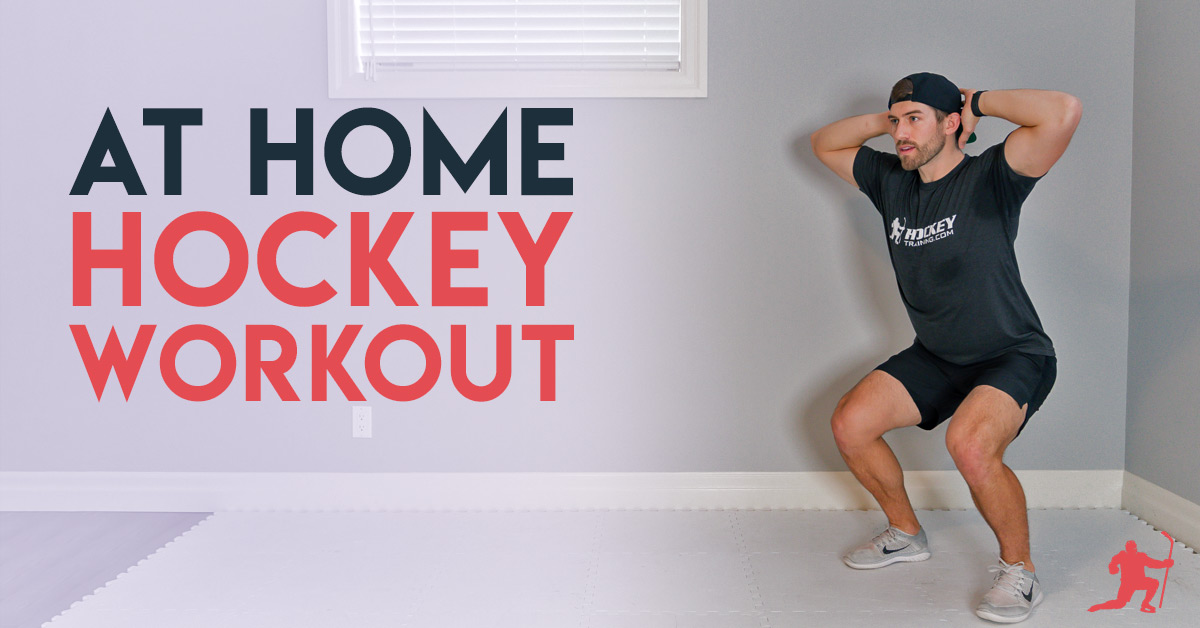In this article, I am going to show you the five most important pillars of success that you need to have in place if you want to make a game-changing transformation to your hockey performance this off-season.
I call them pillars because they are the structural foundation at which you build your entire off-season around. If you don’t have this foundation in place, it is bound to collapse.
The architecture behind off-season hockey training program design parallels real building blueprints in many ways because if you don’t follow the rules of structure, you will be creating an unsafe, low-quality, and random building.
This is the last thing you want, yet, over 90% of hockey players out there don’t take the time to truly understand and apply these concepts.
The good news is that you’re in the right place at the right time. I’m going to explain these concepts in an easy-to-understand way so that you follow a safe, high-quality, specifically designed program to increase your all-around hockey performance in a single off-season.
#1: Short and Long Term Phase Goals
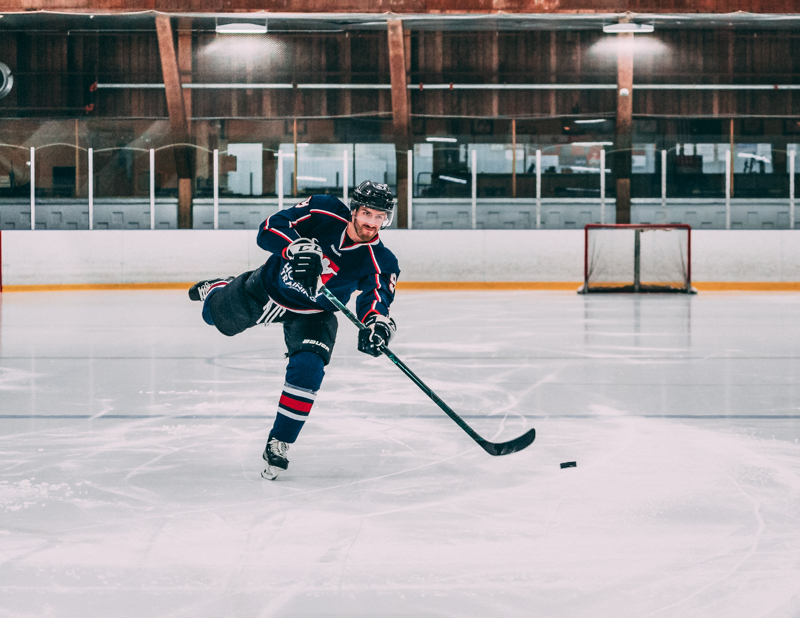
A well-designed off-season hockey training system is typically composed of 4-7 distinct training phases that logically and progressively increase your performance as the off-season goes on.
Each phase can and should have its own goal, but it should always work within the long-term strategy of the entire off-season.
For example, this is how I have the elite hockey players here at Hockey Training execute their off-season.
Regeneration Phase (Post-season for 1-2 weeks)
Phase 1: Bulletproof Structure (3-4 weeks)
Phase 2: Hockey Horsepower (3-4 weeks)
Phase 3: Functional Hockey Movement (3-4 weeks)
Phase 4: Explosive Speed (3-4 weeks)
Phase 5: Peak Speed Capacity (3-4 weeks)
Phase 6: Hockey Performance Amplifier (1-2 weeks)
**The variance in phase length is changed based on how long an individual has to execute their off-season (e.g., some athletes have a full six-month off-season whereas other hockey players may only have 1-3 months to make fast gains)
Each phase has its own emphasis, but it is never at the expense of what the long-term vision is for the entire off-season.
In programming, this is known as the difference between tactics and strategy.
Arguably the biggest mistake I see among coaches today in their approach towards the off-season is the confusion they have between tactics and strategy.
The strategy is the big picture thinking, it’s the art and science behind your coaching approach.
Tactics, on the other hand, are the specific tools you use at a particular time for a specific reason.
Your strategy is your overall battle plan for the war, and the tactics are your surprise attacks against the opponent.
I want you to remove yourself from this confusion and understand that tactics accomplish a particular thing, and a strategy is a long-term plan to achieve the goal of being an all-around better hockey player by the end of the off-season.
Tactics represent the unique variations you’re making towards the exercise selection and overall volume/intensity/frequency of the program design to accomplish the given phase goal.
The strategy is the glue the holds each phase together in a logical, progressive way so that you are always getting better results.
I have hockey players go through each of the above training phases with those particular goals you can see attached to them (tactics) while at the same time implementing my Peak Speed Formula in the background (strategy) to ensure linear and progressive results all off-season long.
For the perfect off-season, you need to see the forest (strategy) and the individual trees (tactics) to get the best results.
My proprietary Peak Speed Formula is what glues everything together so that linear progress can be expected in all departments throughout the off-season even though each phase has its own particular emphasis of importance.
A hockey player who doesn’t have both a long-term and short-term approach to their off-season is only progressing at 50% of their potential year after year.
#2: Periodization
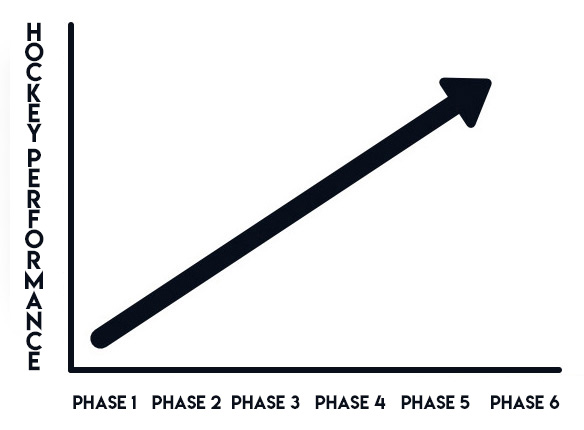
Periodization is the intelligent organization of your training phases so that you can guarantee everything you’re doing in the gym is logically and progressively transforming you into a better hockey player.
The science behind periodization runs extremely deep and involves both strategy and tactics towards building the perfect hockey player.
The reality here is that full textbooks have been dedicated to this topic alone, so it’s a lot to take in.
Periodization is almost always how great coaches separate themselves from good coaches.
Good coaches have their athletes do “hockey exercises” and “hockey workouts”, but they lack the big-picture viewpoint of structuring your training to meet a precise endpoint.
Great coaches understand that every phase should have a specific goal for a specific reason at that specific time in your off-season.
Beyond this, every phase should be building upon the last phase in all relevant hockey performance proxy measurements.
Aerobic conditioning, anaerobic conditioning, strength, power, speed, mobility, structural balance, agility — among any other factors you can think of.
It’s straightforward:
If you aren’t periodizing it, don’t be surprised when you don’t get better at it.
Put very simply;
A “macrocycle” represents your off-season as a whole.
A “mesocycle” represents the different phases of training (typically 3-4 week blocks) throughout your off-season.
And a “microcycle” represents the individual workouts within the current mesocycle.
Here’s what my 2020 Off-Season Domination Hockey Training Program looks like from a big-picture periodization perspective:
Macrocycle: Off-season
Mesocycles:
Regeneration Phase (Post-season for 1-2 weeks)
Phase 1: Bulletproof Structure (3-4 weeks)
Phase 2: Hockey Horsepower (3-4 weeks)
Phase 3: Functional Hockey Movement (3-4 weeks)
Phase 4: Explosive Speed (3-4 weeks)
Phase 5: Peak Speed Capacity (3-4 weeks)
Phase 6: Hockey Performance Amplifier (1-2 weeks)
Microcycle – Example from the Regeneration Phase
The hockey players who go through the program are logically and progressively run through 7 different mesocycles in a specific order to ensure the success of the goal of the macrocycle (become an all-around better hockey player by all objective measures).
Each mesocycle has a distinct goal, and the manipulation of training volume, intensity, frequency, and density within the prescribed weight training, speed, agility, and conditioning programming successfully accomplishes that goal before moving into the next phase.
Beyond this, when appropriately organized you can eliminate the potential for psychological burnout.
Burnout only happens to the athletes who aren’t programming correctly.
If you are burning out, it’s because you’re not recovering, and if you’re not recovering your periodization needs some work (and by some, I mean a lot).
Don’t fall into the trap of thinking that exercises and workouts will make you better.
A tool is only ever as useful as it is applied.
Just like you wouldn’t pick up a screwdriver to do a hammer’s job, some exercises and workouts (components of the microcycle) have no place in what the purpose of your current mesocycle should be.
A collection of sets and reps doesn’t mean it’s a hockey workout.
A series of random hockey workouts doesn’t mean it’s a hockey program.
And a series of hockey programs doesn’t mean it’s a well-designed macrocycle.
Periodization will make or break you.
Don’t “wing” this.
#3: GPP to SPP
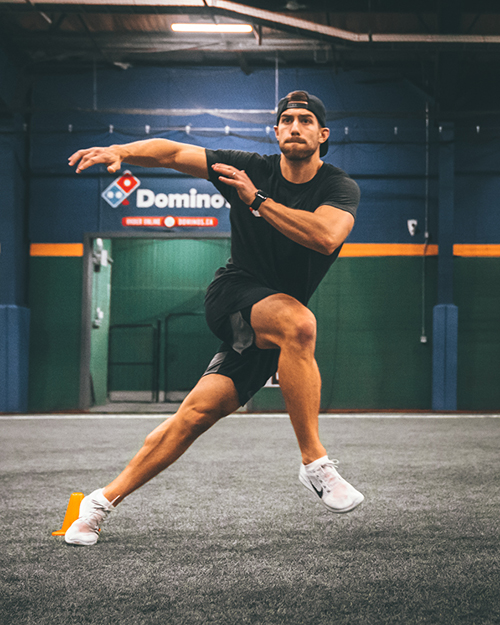
Unfortunately for hockey players, many programs in existence today are much more based on marketing rather than real sports science.
It’s very easy to market sport-specific movements for hockey using fancy equipment in an attempt to demonstrate you’re “cutting edge” with your approach.
Coaches, players, and parents see it and think:
“Well, that sounds right, so why not give it a try?”
Only to find out the hard way that very little progress was seen across the off-season compared to what you were expecting.
To me, “cutting edge” should mean that something is scientifically proven to work rather than just be a new toy on the market.
It’s so backward to me…people jump to what’s brand new. Yet, ZERO research exists on it (and the people who created it are usually businessmen rather than real coaches with a proven track record of success).
This love of only doing hockey specific movements year-round has lead a lot of hockey players down the road of lackluster results.
One of the first things you learn when you pick up a sports training periodization textbook is how important a general approach is within your programming so that you can maximize your specific exercises later on.
General Physical Preparedness (GPP) is intended to provide balanced physical conditioning in endurance, strength, speed, mobility, and other basic factors of athleticism.
Specific Physical Preparedness (SPP) concentrates on exercises which are more specific to the particular angles and velocity that you would expect to be exposed to during an on-ice game of hockey.
These are equally important throughout the off-season and to get the best possible results you need to slowly transition from GPP to SPP and then ultimately run through a peak performance phase before the next season starts.
Here’s a deeper look at how I structure each phase so you can see the true transition from GPP to SPP across each mesocycle:
REGENERATION PHASE (POST-SEASON ACTIVE RECOVERY):
- Optional athlete assessment profile
- Active recovery post-playoffs/season
- Improve mobility restrictions
- Improve structural imbalances
- Improve strength imbalances
PHASE 1: GPP
- Emphasize total body strength and hypertrophy gains
- Develop aerobic conditioning base
- Improve mobility restrictions
- Improve structural imbalances
- Improve strength imbalances
PHASE 2: GPP
- Emphasize total body strength and hypertrophy gains
- Develop aerobic conditioning base
- Introduce anaerobic conditioning work
- Improve mobility restrictions
- Improve structural imbalances
- Improve strength imbalances
PHASE 3: GPP/SPP HYBRID
- Emphasize total body strength and power output
- Maximize aerobic conditioning base
- Amplify anaerobic conditioning work
- Introduce speed training
- At this point, mobility/structural/strength imbalance issues have been fixed
- Introduce SPP component to training to convert “gym strength” into functional hockey strength
PHASE 4: SPP
- Emphasize total body strength and power output
- Introduce power-endurance component
- Maximize anaerobic conditioning work
- Maximize speed training
- Maximize SPP component to training to convert “gym strength” into functional hockey strength
- Introduce mental and physical agility programming
- At this point, the aerobic conditioning base is strong enough as to back off the training volume prescription in this department to allow more volume to be placed on hockey-specific conditioning, speed, and agility programming
PHASE 5: SPP
- Maximize total body power endurance
- Maximize anaerobic conditioning
- Maximize speed training
- Maximize mental and physical agility programming
- Maximize SPP outputs
PHASE 6: TAPER AND PEAK
- Peak total body power endurance
- Peak anaerobic conditioning
- Peak speed training
- Peak mental and physical agility programming
- Peak SPP outputs
- Athletes undergo a brief training volume tapering period to peak their hockey-specific performance and enter the next season a completely different hockey player
#4: Stimulus and Recovery
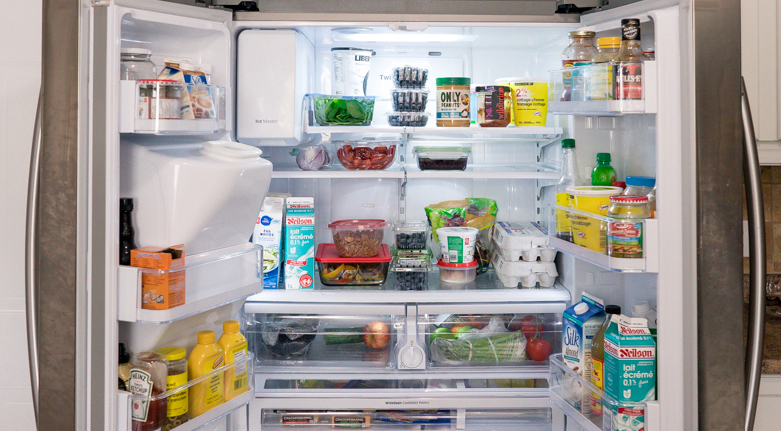
You don’t build muscle in the gym.
You don’t build strength in the gym.
You don’t build speed or endurance in the gym.
In fact, you don’t build anything in the gym.
What you are really doing is creating stimulus for muscle gain, strength development, explosive speed, or endurance.
Everything you do outside of the gym determines whether or not you actually adapt to that stimulus.
Train to stimulate, recover to adapt.
Have you ever met somebody who trains hard in the gym, yet, they don’t have much to show for it?
These people are all stimulus, but no adaptation.
You need both to be as successful as possible this off-season.
You need to provide the body with the right stimulus at the right time (tactics) but then program in deload weeks and optimal nutritional programming to maximize the adaptation from that stimulus (strategy).
Without recovery, there is no progress.
Yet, you will come across a ton of hockey players who don’t program in deload weeks throughout the off-season and try to just “wing it” with their diet.
Like the old saying goes, if you fail to plan then you’re planning to fail.
I program in deloads at mandatory points throughout the off-season to make sure all of my hockey athletes are making maximum gains in all hockey performance measures.
You need to be doing this too.
A deload week should be implemented every 4-8 weeks depending upon the intensity of the training phase and a proper hockey diet should be followed throughout the entire off-season to support performance, recovery, and rapid physique transformation.
#5: Commitment
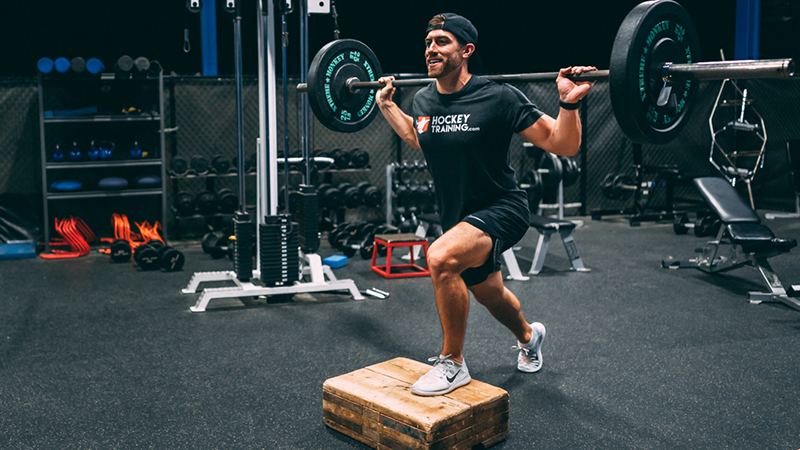
In modern times, too many hockey players want the result but don’t want to commit to the process.
It’s like they have this “microwave mindset” when it comes to their training. People put pre-packaged crap in the microwave for 30 seconds and then see the finished product right away.
The oven, on the other hand, will require time, patience, and a recipe process to prepare the meal.
In the end, you get a much healthier and tastier meal — comparing it to something in the microwave isn’t even close.
This is the battle that coaches face with athletes, and you need to start getting serious and make a commitment.
A TV dinner might heat up quickly, but making serious progress this off-season won’t.
There are no shortcuts to anywhere worth going.
I want you to imagine you’re pushing a rock up a mountain.
One grueling step after another, that rock is slowly being pushed up that brutal mountain.
There are lessons to be learned here from every single step.
It’s not even about getting to the top, it’s about putting every last ounce of effort you have into just taking the next step.
Every day you’re going to run into new challenges; this is inevitable.
But no matter what, you have to push that rock one more step. Put everything that you have into that one task.
Every time a challenge is thrown at you this off-season you will overcome it by simply taking one more step.
This “one more step” mentality to overcoming obstacles creates a particular growth and confidence builder that happens internally.
And it makes the next challenge just a little bit easier to get through.
When you learn to embrace this grind, you will callous your mind to the daily challenges and won’t even flinch when they come at you to try and take you off your path.
I have recorded many videos and podcasts and have written extensively about mindset in the past as well because I wholeheartedly believe that it prepares the hockey athletes who follow my work for the road ahead.
If I can get you to think this way, I know that when the right opportunity presents itself you will be ready and willing to perform at your absolute best no matter what.
It’s just one more step with another rock.
Just as importantly, this mindset helps you face anything in the real world. The hockey mindset is a lifestyle.
How To Dominate Next Season
The above five pillars for off-season success in hockey are absolutely critical if you are serious about transforming your performance this year into that of a truly elite hockey player.
And you know what, you could take the information provided within this article and start periodizing your own approach today.
But, if you feel like you’re in complete alignment with how I approach the off-season and you’re interested in discovering how the Peak Speed Formula can take your entire game to the next level then you have to check out the brand new Off-Season Domination 2020 Hockey Training Program.
This is the most advanced off-season hockey training program on the market, and I can guarantee you that if you commit to following it this year you are going to completely change your game on the ice.
You’re going to become a blazing fast skater so you can blow by opponents next season…
Your edge work and skating will be taken to a whole new level so you can start creating more space on the ice and scoring more goals…
Your strength and power will be a night and day difference, and you’ll be winning more puck battles and ripping harder shots on net…
You are going to be the most explosive player on the ice for all 3 periods, and you’re going to just absolutely dominate!
If that sounds like something you want… if you want next season to be your best season ever… if you want to turn heads at the rink and have coaches, players, and parents in awe of your improvements over the summer then you need to join the team today.
You can get more details about this “done for you” off-season hockey training program and sign up here.
Final Thoughts
I hope today’s article was able to help navigate you in the right direction towards getting insane results this off-season.
I also want to take this time to remind you that these five components are “pillars” for a reason. If you disrespect even just one of them, then your entire programming structure is bound to collapse.
If you’re ready to dominate the ice tap here to get signed up for the hockey skills accelerator system.




